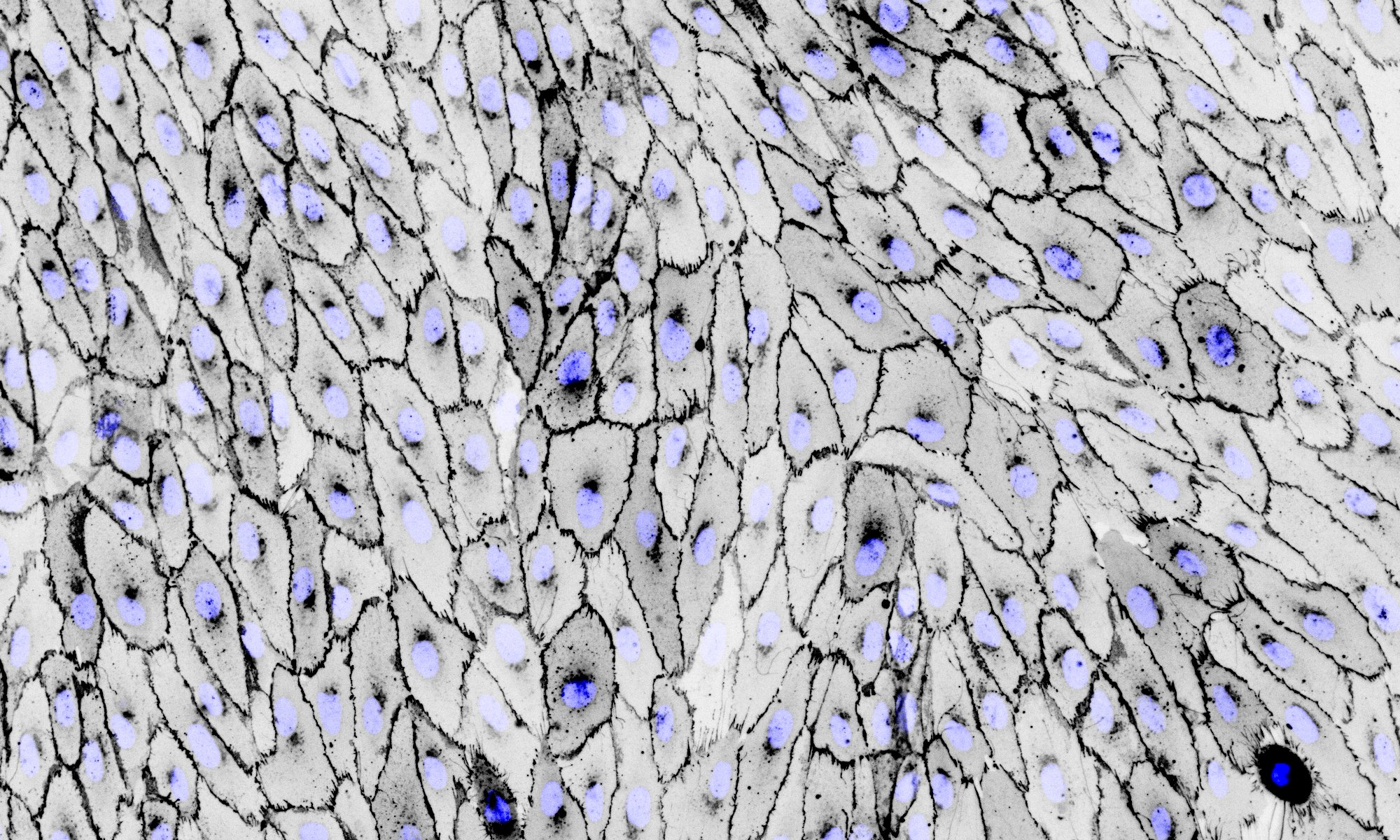Research overview
Collective cell behavior in multicellular organisms or tissues emerges from the coordination of the autonomous behavior of individual cells. Our research aims to determine how autonomous cellular activities are informed by environmental cues that cells receive from their neighbors, and how coordinated autonomous cellular activities can give rise to complex collective behaviors such as collective cell migration and morphogenesis. We are particularly interested in the molecular mechanisms that mediate signal transduction between cells and across cell-cell junctions, through morphological, biochemical, and mechanical signals.
Recently, we showed that during collective endothelial cell migration, leader-follower cell relationships are established and maintained by asymmetric junctional structures, “cadherin fingers”, which leader cells extend from their rear and follower cells engulf in their front. Cadherin finger formation was triggered by leader cells. In follower cells, presence and orientation of cadherin fingers along the cell periphery predicted the direction of cell turning, consistent with cadherin fingers serving as guidance cues for collective cell migration.

Collective endothelial cell guidance mediated by cadherin fingers (Hayer et al., Nat. Cell. Biol. (2016) PMID: 27842057)
Understanding the molecular basis for collective cell behaviors requires a multi-scale approach to break down complexity, to define pathways controlling cell-intrinsic behavior and cell-to-cell communication, and to determine how their activities are integrated. We are using single cell migration in 1D, collective cell migration in 2D, and vascular tube formation in vitro (3D), as complementary model systems to study fundamental properties of actin-based cell motility and intercellular communication.
